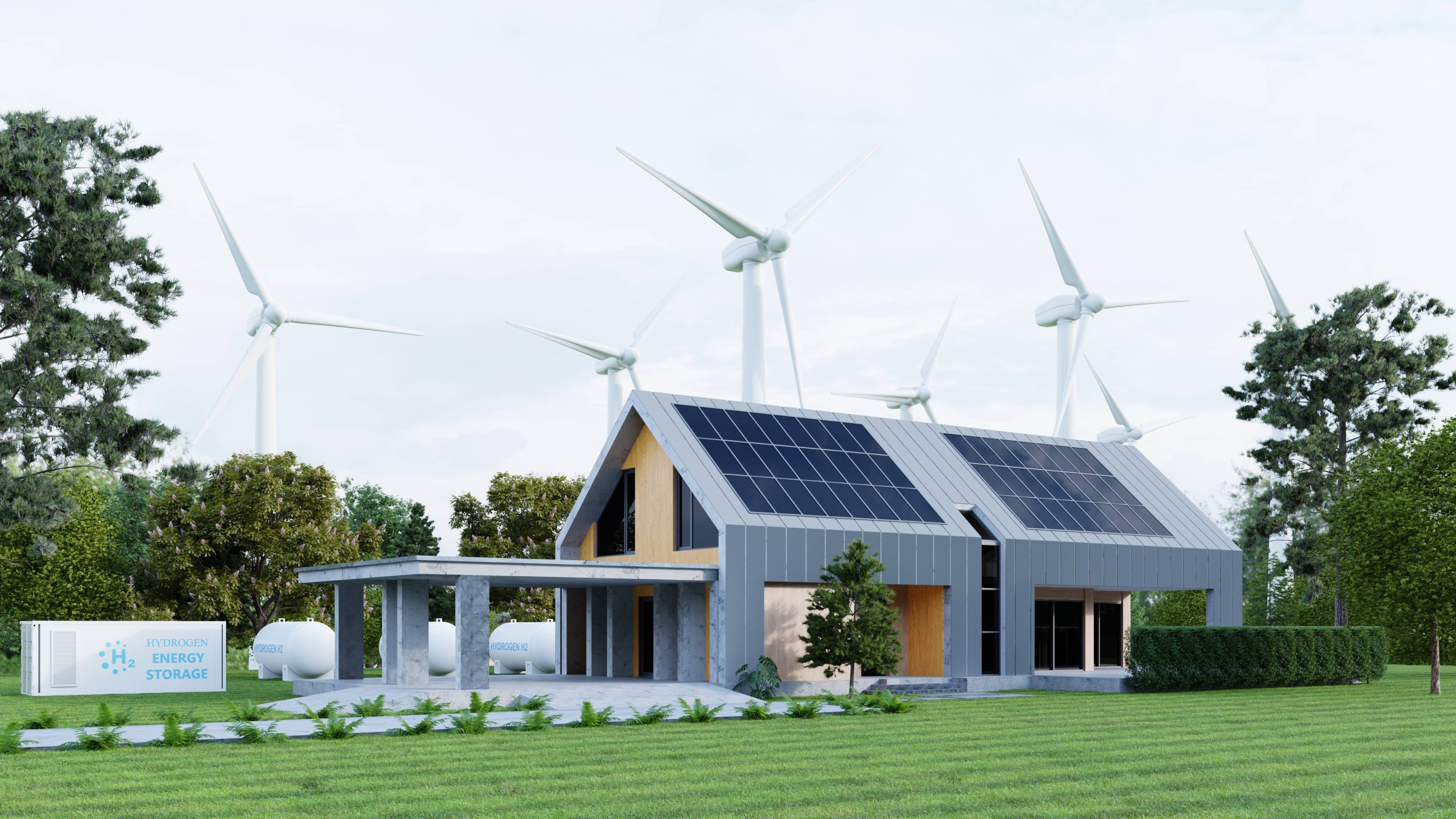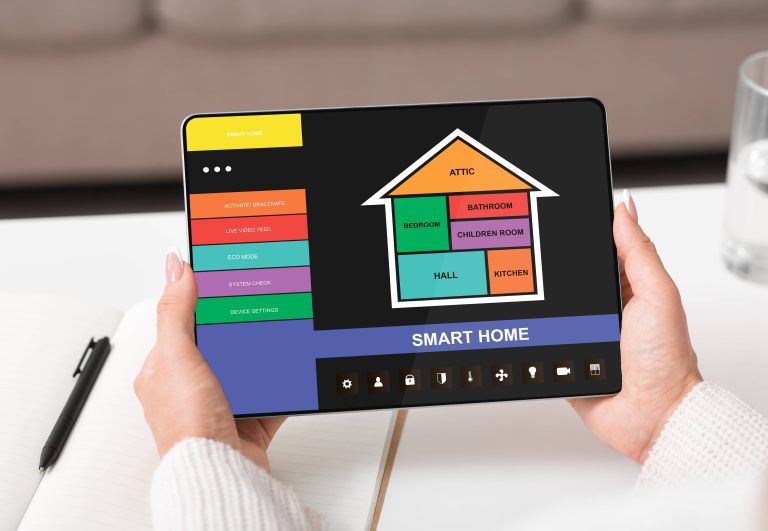
Introduction:
In today’s rapidly evolving technological landscape, making our homes smarter isn’t just a matter of convenience; it’s an essential step towards a more sustainable future. Smart homes equipped with Artificial Intelligence (AI) are revolutionizing the way we think about energy consumption, offering unprecedented opportunities for efficiency, cost savings, and environmental responsibility. In this blog post, we will explore how AI can optimize energy consumption in smart homes, the benefits it brings, and some practical applications that you can implement in your own home.
Understanding AI and Its Role in Energy Efficiency:
Artificial Intelligence, at its core, refers to the simulation of human intelligence in machines that are programmed to think, learn, and problem-solve. In the realm of energy efficiency, AI can analyze vast amounts of data, predict patterns, and make real-time adjustments to optimize energy use.
AI achieves energy optimization through several key mechanisms:
1. Data Collection and Analysis: Smart devices and sensors collect data on energy use patterns, environmental conditions, and user behavior.
2. Predictive Analytics: AI algorithms analyze historical data to predict future energy usage trends.
3. Real-time Adjustments: Based on predictions and real-time data, AI systems can automatically adjust settings for optimal energy efficiency.
4. Integration and Coordination: AI coordinates various smart devices to work together seamlessly, ensuring maximum efficiency across the home.
Benefits of AI in Energy Optimization:
The integration of AI into smart homes brings a multitude of benefits in the context of energy efficiency and sustainability:
1. Reduced Energy Consumption: By learning the homeowner’s habits and making adjustments automatically, AI can reduce unnecessary energy use. For example, AI-driven thermostats can learn when you are home and adjust the heating or cooling accordingly.
2. Cost Savings: Lower energy consumption translates to reduced utility bills. AI can help households save significant amounts of money over time by optimizing energy use.
3. Environmental Impact: Reduced energy consumption means a decrease in carbon footprint. AI-driven energy efficiency is an important step towards mitigating climate change.
4. Convenience and Comfort: Beyond savings and sustainability, AI enhances the comfort and convenience of living spaces by maintaining optimal environmental conditions automatically.
Practical Applications of AI in Smart Homes:
1. Smart Thermostats: Devices like the Nest Learning Thermostat use AI to learn your schedule and preferences, adjusting the temperature to save energy when you are away and ensure comfort when you are home. These devices can also provide energy reports and suggestions on how to save even more.
2. Smart Lighting: AI-powered lighting systems can adjust brightness and color based on the time of day, occupancy, and natural light levels. Philips Hue and similar systems can even be controlled remotely, ensuring that lights are never left on unnecessarily.
3. Home Energy Management Systems (HEMS): AI-driven HEMS integrate various smart devices and appliances to monitor and manage overall energy use. These systems can turn off devices that are not in use, shift energy usage to non-peak times, and provide insights on how to further reduce energy consumption.
4. Smart Appliances: Modern appliances such as refrigerators, washing machines, and dishwashers are increasingly incorporating AI. They can optimize their operations, run during off-peak hours, and even provide maintenance alerts to ensure they are running efficiently.
5. Renewable Energy Integration: AI can facilitate the integration of renewable energy sources like solar panels into the home energy system. By predicting energy production and consumption patterns, AI ensures that renewable energy is used optimally, storing excess energy in batteries for later use and reducing reliance on the grid.
Future Trends and Considerations:
As AI technology continues to evolve, we can expect even more sophisticated applications and greater efficiency gains in the realm of home energy management. Future trends may include:
1. Advanced Predictive Maintenance: AI could predict potential failures in home appliances before they occur, allowing for proactive maintenance and reducing energy waste.
2. Enhanced User Interfaces: Improved AI interfaces could make energy management even more intuitive and user-friendly, providing accessible insights and recommendations.
3. Community-Level Optimization: AI could extend beyond individual homes to optimize energy use at the community level, balancing loads across multiple homes and integrating with smart grids.
Conclusion:
The intersection of AI and smart home technology represents a transformative opportunity in the quest for energy efficiency and sustainability. By leveraging AI to optimize energy consumption, homeowners can achieve significant savings, enhance comfort, and contribute to a healthier planet. As these technologies continue to advance, the potential for creating truly intelligent and sustainable living environments becomes ever more within reach.
By staying informed and embracing these innovations, we can all take meaningful steps toward a smarter, more sustainable future. Whether you’re a tech enthusiast or simply looking to reduce your energy bills and environmental impact, AI-powered smart home technologies offer tangible benefits that are too compelling to ignore. Start exploring the possibilities today, and be part of the energy efficiency revolution.







